· BOE's "promising" is inseparable from "burning money"
After the news that BOE's 6th-generation flexible AMOLED production line will be mass-produced, BOE has become the most watched company in the capital market, attracting a large number of research institutions and fund companies, among which investors are most concerned. The problem is the mass production of 6th-generation flexible AMOLEDs. Once BOE can achieve mass production, this represents a very historic step in China's display industry.
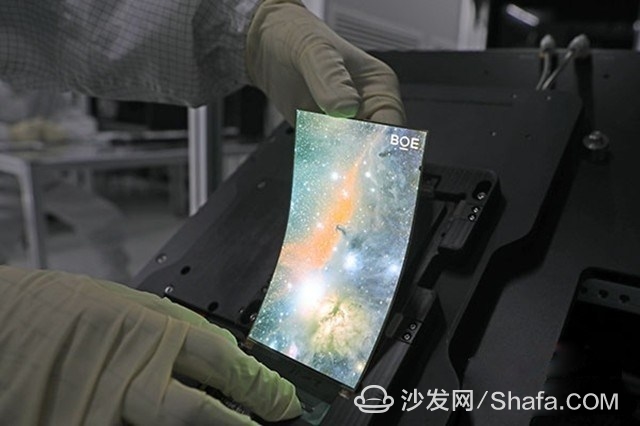
China's first flexible OLED production line to achieve mass production
In the early years, Beijing Electronic Tube Factory experienced a change of leadership team, the company’s shareholding system reform, business shutdown and transfer of large-scale employee laid-off, and when the company was renamed BOE in the late 1990s, perhaps no one in the country could have imagined that this will be 20 years later. The company has become a leading company in China's panel industry. Samsung may not have thought that its own painstaking research and development for more than 10 years, the monopoly of flexible AMOLED panel market status will be broken so quickly by BOE.
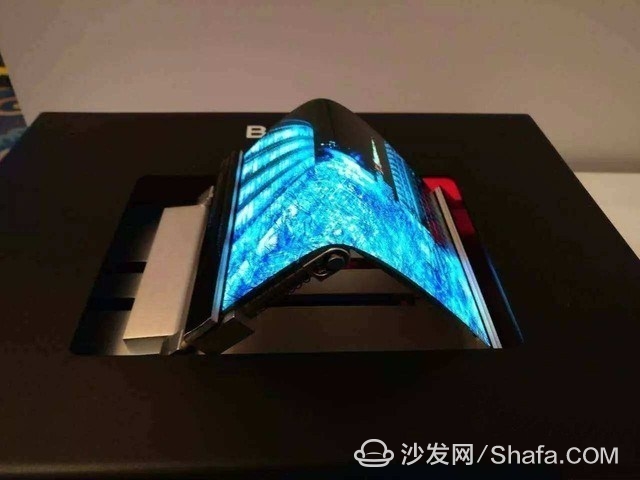
Production of BOE's 6-generation flexible OLED production line broke Samsung’s long-term monopoly on the small-size OLED market
One of the reasons why BOE can achieve today's results is to seize the opportunity to advance the layout, another important reason can not be separated from the support of capital. In the era of LCD, BOE has had 12 production lines since the first 5th-generation line in 2005, with a total investment of 359.2 billion yuan. Currently in the new wave of technology, BOE launched two 10.5 generation lines at the same time in 2017. Two 6-generation flexible OLED production lines use company-funded + bank loans + local government shares, using billions of funds. Thousands of billions of assets are shaken.
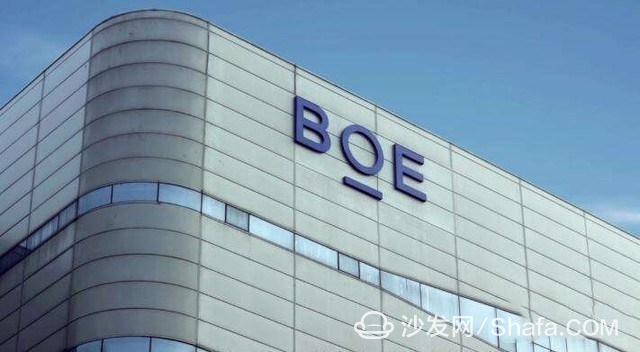
Behind the outbreak of BOE needs strong support of policies and funds
In addition to production capacity, the investment in research and development can not be ignored. In the first half of this year, BOE's R&D investment reached 3.17 billion yuan, accounting for 7.1% of the total revenue, which was more than 4.6% of Apple's R&D investment in 2016, which was close to Samsung's 7.7%. It can be said that the strong outbreak of BOE in this year is not just the success of OLED localization. Behind this, it needs strong support from policies and funds.
·China becomes the largest OLED production capacity outside Korea
The panel industry experienced South Korea and Taiwan companies in two recessions before 2000. In the new wave of recession after 2000, Chinese mainland enterprises seized the opportunity to enter the panel industry in large numbers and created a group of continents such as BOE. Panel factory. At present, in the new round of OLED competition, the mainland panel maker did not repeat the mistakes of LCD and preemptive layout, breaking the dominance of the Korean factory.
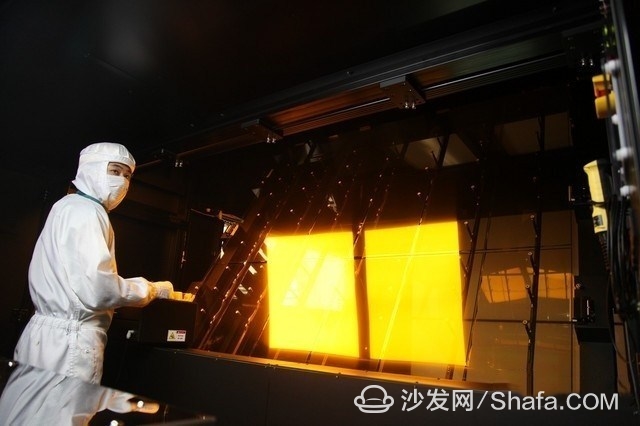
China's mainland panel makers seize the opportunity to enter the panel industry during a wave of recession
The total investment of the 6-generation flexible OLED production line in Chengdu produced by BOE is about 46.5 billion. The production line uses the same semi-cutting vapor deposition technology as Samsung's most advanced in the industry. The principle is to halve the glass substrate by half. The technical difficulty is very high, and the flexible packaging technology used also realizes bending and folding of the display screen. Currently, BOE has delivered customers including Huawei, OPPO, VIVO, Xiaomi, ZTE, Nubian and more than a dozen manufacturers. In the future, more domestic mobile phone brands will be able to use OLED screens.
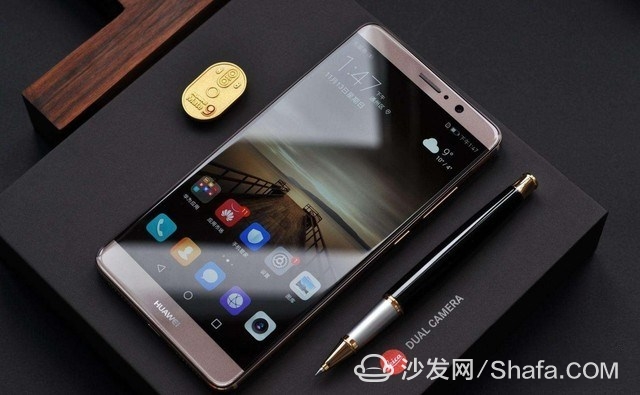
In the future, more domestic mobile phone brands will be able to use OLED screens
It can be said that at present, China's OLED production line has begun to take shape, gradually shifting from technological research and development to large-scale transition. The mass production of BOE’s Chengdu plant and the breaking of Samsung’s monopoly is just the beginning of a positive competition between the Chinese OLED Panel Corps and South Korea. In addition to BOE, other panel makers are also building OLED production lines around the country. Huaxing Optoelectronics is building a 6-generation flexible OLED production line in Wuhan, and Huiguang Opto's 6th generation OLED production line is also being completed in Shanghai. Shentianma's 6th generation flexible OLED production line is also placed in Wuhan, and Visoxonuo's 6th generation flexible OLED line is Gu'an in Beijing.
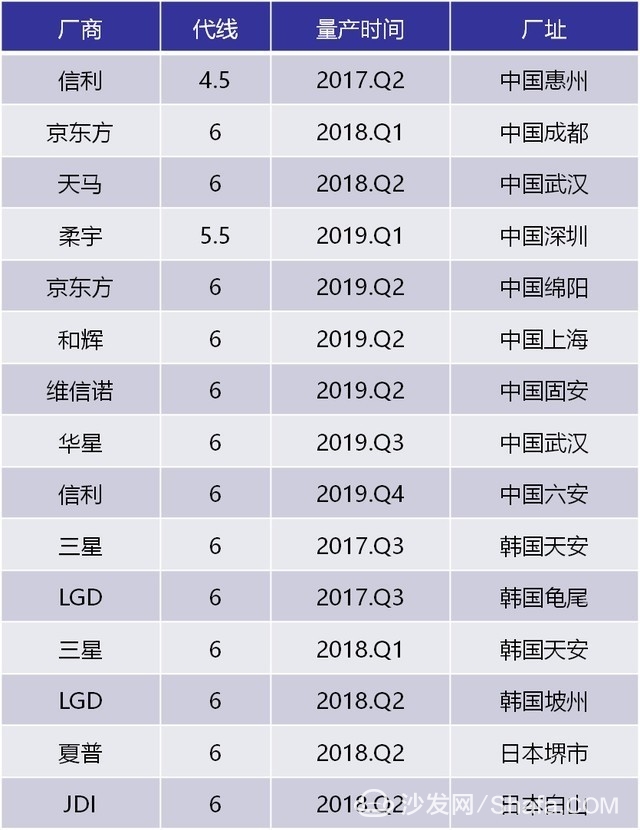
BOE Chengdu's 6th Generation Flexible OLED Production Line Achieve Production in Advance
In 2017, four new 6-generation flexible OLED production lines were added worldwide, including BOE's Chengdu line, LG Display's Wuhan line with Tianma, and Samsung's 6-generation flexible OLED line. In the period from 2018 to 2020, 12 new small and medium sized OLED production lines will be added worldwide, of which China will occupy six. It can be said that the increase in flexible OLED production capacity in the next few years will come mainly from Samsung and the mainland China panel makers. China will become the country with the largest OLED production capacity except Korea.
Sino-Korean war imminent
·Although breaking the monopoly, it is still a follower
From the 1980s to the 1990s, cathode ray tubes (CRTs) were gradually replaced by liquid crystal technology (LCD). By 2005 to 2006, the LCD sales share exceeded the CRT to become the mainstream of display technology. In 2009, Samsung used AMOLED technology to enter the smart phone field. The entire display technology is updated quickly. At present, Samsung holds more than 90% of the market share of global smartphone OLED screens, and is the leader.

Samsung holds more than 90% market share of global smart phone OLED screen
Samsung has accumulated more than 10 years of experience in production technology for AMOLED technology, and its maturity is very high. We need to know that the production of small, medium, and large OLED screens requires the red, green, and blue OLEDs to be deposited on the panels. The yield rate of these products is a big challenge. Samsung has been climbing for many years to reach its current level. . In addition to solving the problem of production capacity, BOE's improvement in yield is still the biggest problem.
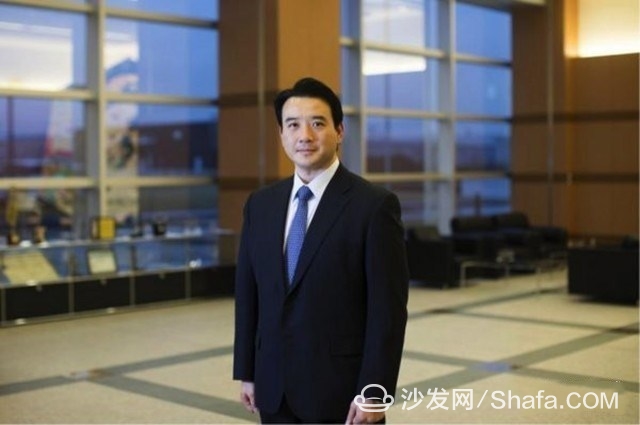
Japan's Canon TOKKI monopolizes all OLED screen manufacturing machines.
In addition to the yield, the imperfections in the industrial chain and the weaknesses in the upstream links have also limited the development of BOE's OLED technology. The important prerequisite for BOE's 6th generation flexible OLED production line to be able to mass-produce ahead of schedule is to get the evaporation machine from Japan's Canon Tokki. This is an indispensable device for OLED panel makers. Its annual installed capacity is only about 5 units, and the quantity is very small. . In addition to the evaporation machine, the luminescent materials are also subject to control. The lack of talent is also a problem to be solved. These are the key factors for whether or not China can achieve overtaking.
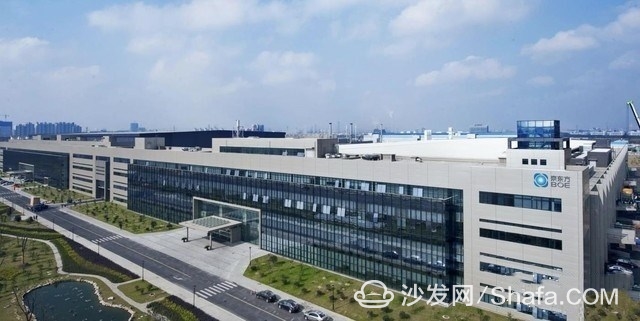
China's OLED industry still has a long way to go
Although BOE flexible OLED screen volume production has played a very positive role in the Chinese panel industry, compared to the Korean factory, the domestic OLED core technology is still relatively backward. Leading companies in China's panel industry need to unite and infiltrate upstream equipment and materials through capital investment, joint development, and technical cooperation, and create their own OLED industry chain as soon as possible. At that time, our competitiveness can truly compete with the Korean factory.
Smart TV/box information can focus on smart TV information network sofa butler (http://), China's influential TV box and smart TV website, providing information, communication, TV boxes, smart TVs, smart TV software, etc. Answering questions.
Currency Exchange Rate Board 2 Columns
With Φ3, 16*128 matrix display,520×65mm Arabic moving sign
Include infrared remote controller for updating the display
The magnetic label of currency name and logo is changeable easily.
Display date and time with built-in real time clock
The communication software for PC is included
Durable and elegant aluminum frame
Built-in RS232 interface, the time & exchange rates can be updated through the computer
Front panel – light grey filter Acrylic panel, 2mm thick with printing film
Backup memory to keep the latest exchange rates when the power failed
Customer"s logo and artwork can be printed according to buyer`s requirements
Specifications
| Indicators | 7 segment LED display |
| Columns | 2 columns(can be customized according to requirements) |
| Currencies | 6 rows(can be customized according to requirements) |
| LED Color | Red, Super red, green, yellow |
| LED Size | 0.8 inch(0.5 inch, 1 inch, 1.5 inch selectable) |
| Digits of LED | 7 digits (can be customized according to requirements) |
| Power supply | 110V~240V AC, 50/60Hz |
display currency and exchange rate, moving sign,Currency Exchange Rate Board 2 Columns
Suzhou Ribao Technology Co. Ltd. , https://www.ribaoeurope.com
